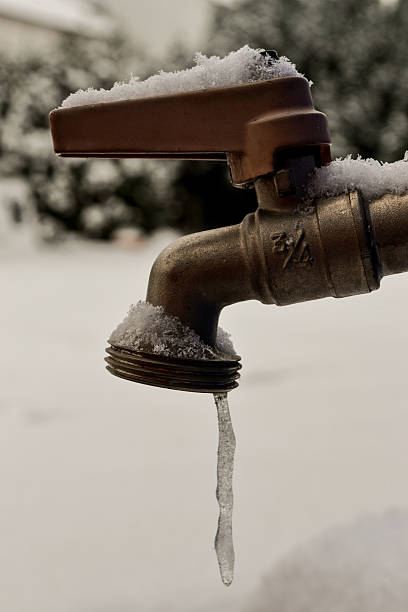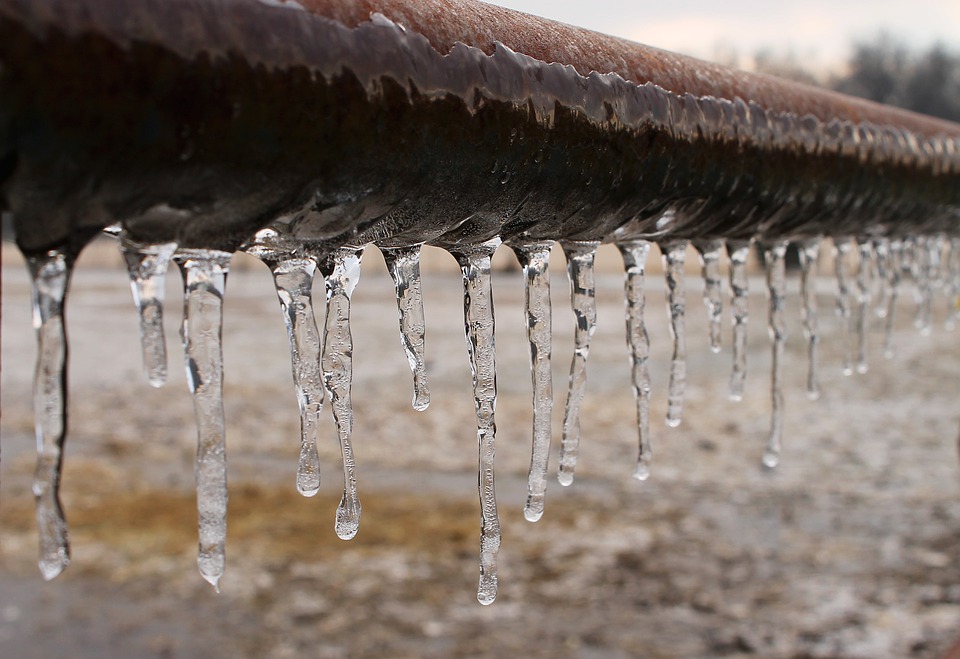Ways to Prevent Frozen Pipes in Winter: Professional Guidance
Ways to Prevent Frozen Pipes in Winter: Professional Guidance
Blog Article
How do you really feel on the subject of 6 Ways to Prevent Frozen Pipes?

Cold weather can wreak havoc on your plumbing, particularly by freezing pipes. Right here's exactly how to avoid it from occurring and what to do if it does.
Intro
As temperatures drop, the threat of icy pipelines boosts, potentially resulting in costly repairs and water damages. Recognizing exactly how to prevent icy pipelines is important for property owners in cold environments.
Prevention Tips
Shielding prone pipes
Cover pipes in insulation sleeves or utilize heat tape to secure them from freezing temperatures. Concentrate on pipelines in unheated or outside locations of the home.
Heating strategies
Keep interior rooms effectively heated, particularly locations with pipes. Open cupboard doors to enable cozy air to circulate around pipes under sinks.
Exactly how to recognize icy pipelines
Look for decreased water flow from faucets, unusual odors or noises from pipelines, and noticeable frost on exposed pipes.
Long-Term Solutions
Architectural adjustments
Think about rerouting pipelines away from exterior wall surfaces or unheated areas. Include added insulation to attics, cellars, and crawl spaces.
Updating insulation
Invest in high-quality insulation for pipes, attic rooms, and wall surfaces. Correct insulation assists keep regular temperature levels and decreases the danger of icy pipelines.
Protecting Outdoor Plumbing
Garden pipes and exterior taps
Disconnect and drain pipes garden pipes prior to wintertime. Install frost-proof spigots or cover outdoor taps with insulated caps.
Comprehending Icy Pipes
What creates pipes to freeze?
Pipelines ice up when exposed to temperature levels listed below 32 ° F (0 ° C) for extended periods. As water inside the pipes ices up, it increases, putting pressure on the pipe walls and potentially triggering them to break.
Threats and problems
Frozen pipes can lead to water system interruptions, residential or commercial property damage, and expensive repair work. Burst pipes can flooding homes and create considerable architectural damages.
Signs of Frozen Water Lines
Identifying frozen pipelines early can avoid them from breaking.
What to Do If Your Pipelines Freeze
Immediate activities to take
If you think frozen pipes, keep faucets open up to alleviate stress as the ice thaws. Use a hairdryer or towels taken in hot water to thaw pipes gradually.
Conclusion
Protecting against frozen pipes requires aggressive steps and fast reactions. By recognizing the causes, indications, and safety nets, house owners can shield their plumbing throughout winter.
6 Proven Ways to Prevent Frozen Pipes and Protect Your Home
Disconnect and Drain Garden Hoses
Before winter arrives, start by disconnecting your garden hoses and draining any remaining water. Close the shut-off valves that supply outdoor hose bibs and leave the outdoor faucet open to allow any residual water to drain. For extra protection, consider using faucet covers throughout the colder months. It’s also important to drain water from any sprinkler supply lines following the manufacturer’s directions.
Insulate Exposed Pipes
Insulating your pipes is an effective way to prevent freezing. Pipe insulation is readily available at home improvement stores and is relatively inexpensive. Pay close attention to pipes in unheated areas such as the attic, basement, crawl spaces, or garage. Apply foam insulation generously to create a buffer against the cold. You can also wrap your pipes in heat tape or thermostat-controlled heat cables for added warmth.
Seal Air Leaks
Inspect your home for any cracks or openings that could let in cold air. Seal any holes around the piping in interior or exterior walls, as well as the sill plates where your home rests on its foundation. Additionally, make sure to keep your garage door closed unless you’re entering or exiting. Leaving it open creates a significant air leak that can lead to frozen pipes.
Allow Warm Air Circulation
During cold snaps, it’s essential to allow warm air to circulate evenly throughout your home. Leave interior doors ajar to promote better airflow. Open kitchen and bathroom cabinets to help distribute heat consistently around the rooms. If you have small children or pets, be sure to remove any household chemicals or potentially harmful cleaners from open cabinets for safety.
Let Faucets Drip
A small trickle of water can make a big difference in preventing ice formation inside your pipes. When temperatures drop significantly, start a drip of water from all faucets served by exposed pipes. This continuous flow helps prevent the water from freezing. Additionally, running a few faucets slightly can relieve pressure inside the pipes, reducing the chances of a rupture if the water inside does freeze.
https://choateshvac.com/6-proven-ways-to-prevent-frozen-pipes-and-protect-your-home/

We were guided to that editorial about Preventing and dealing with frozen pipes through a buddy on a different site. Do you know someone else who is inquisitive about the subject? Do not hesitate to share it. We love reading our article about Prevent Frozen Pipes .
Call Today Report this page